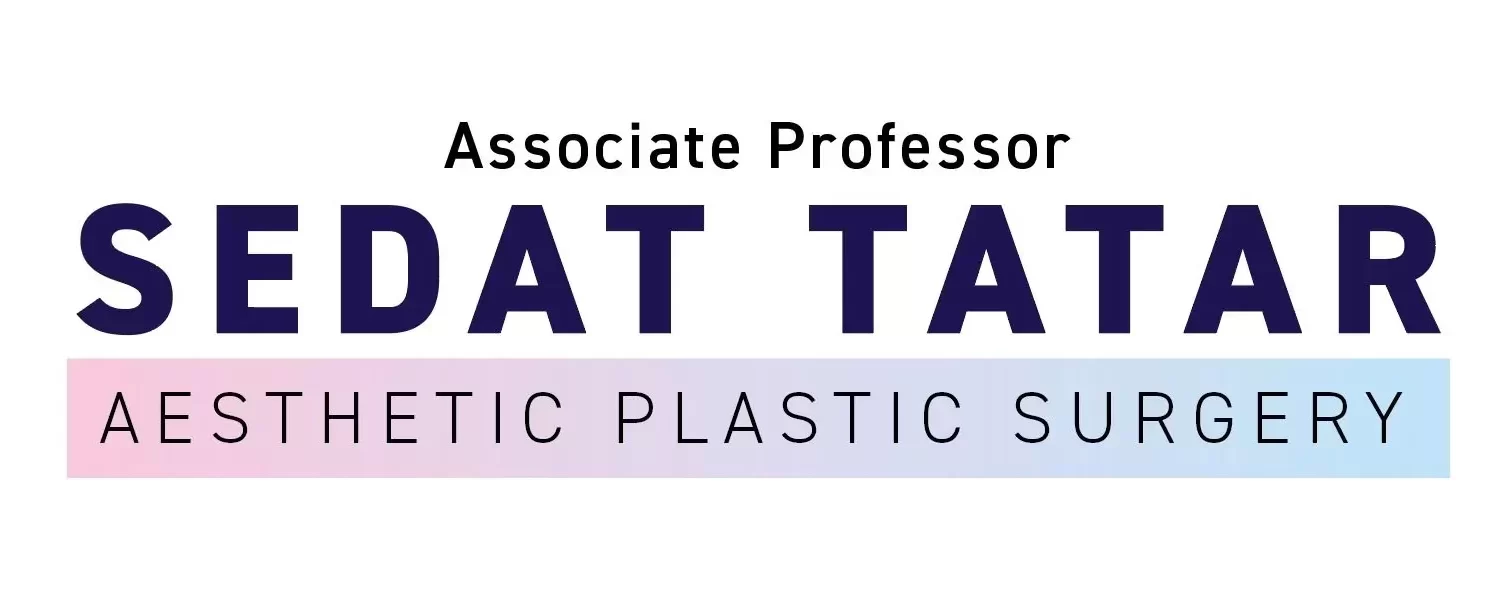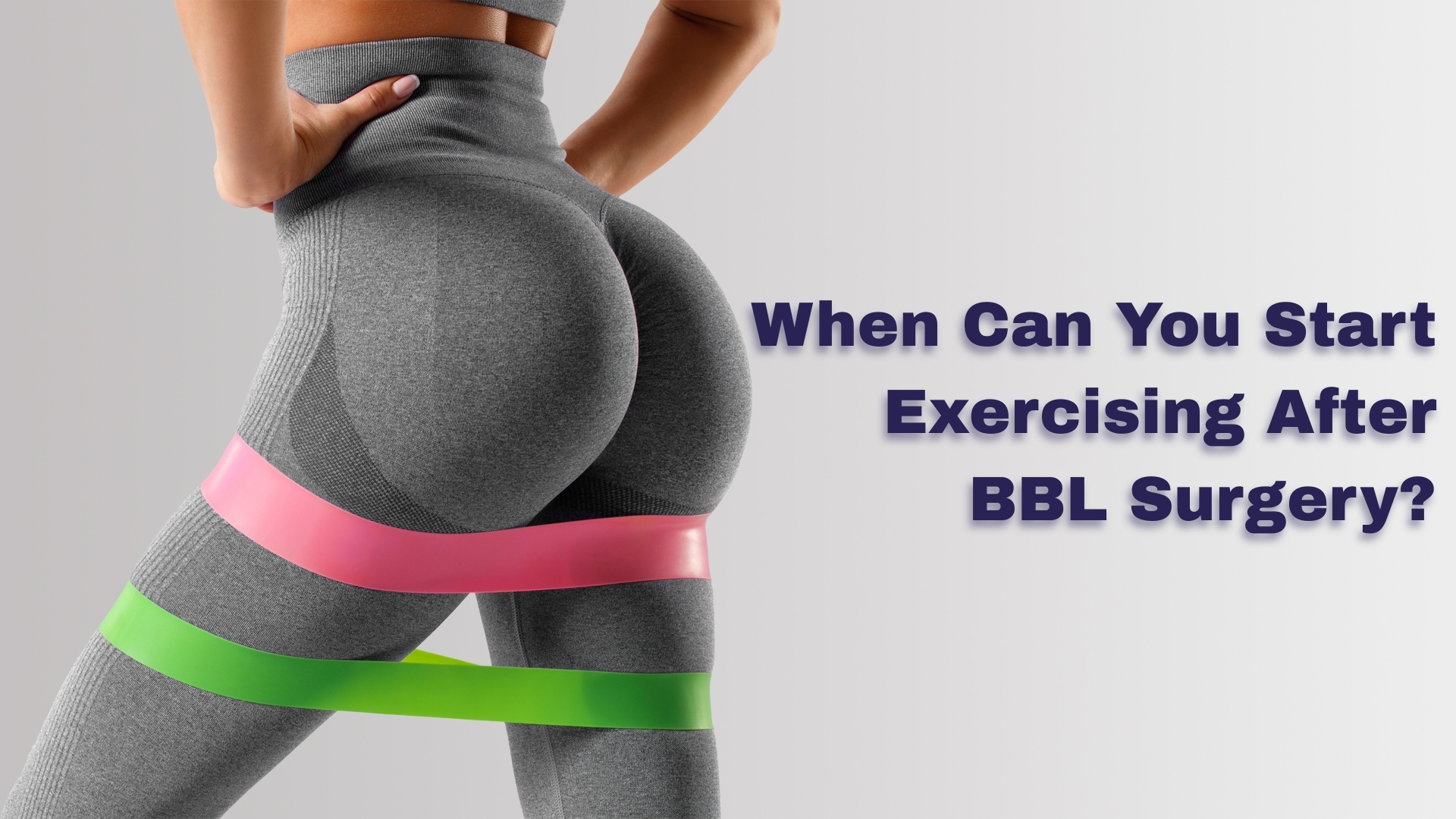The Truth About Liposuction: Myths, Facts, and What You Need to Know
Liposuction has long been a sought-after solution for individuals looking to sculpt their bodies by removing excess fat. However, amidst its popularity, several myths and misconceptions surround the liposuction surgery procedure. In this comprehensive guide, we will delve into the truth about liposuction, separating myths from facts, and providing essential insights for those considering this transformative cosmetic surgery.
What is Liposuction?
Liposuction, also known as lipoplasty or body contouring, is a cosmetic surgical procedure designed to remove stubborn pockets of fat that do not respond to diet and exercise. It involves the suction of fat deposits through small, inconspicuous incisions, sculpting the body to achieve a more desirable and proportionate appearance.
Liposuction is versatile and can be performed on various areas of the body, including:
- Abdomen
- Thighs
- Hips and buttocks
- Arms
- Back
- Calves and ankles
- Chest (in men, for conditions like gynecomastia)
Liposuction Surgery Procedure

The journey begins with a thorough consultation with a board-certified plastic surgeon. During this consultation, the surgeon evaluates the patient’s overall health, discusses expectations, and assesses the areas to be treated. It is crucial for patients to be open and honest about their medical history, lifestyle, and goals.
Liposuction surgery procedure is typically performed under either local anesthesia, intravenous sedation, or general anesthesia, depending on the extent of the procedure and the surgeon’s recommendations. The choice of anesthesia is discussed and determined during the preoperative consultations.
Tiny incisions, usually less than half an inch in size, are strategically placed near the targeted areas. The placement is designed to minimize scarring and ensure inconspicuous healing.
Before fat removal, a tumescent solution—a mixture of saline, lidocaine (a local anesthetic), and epinephrine (a vasoconstrictor)—is injected into the targeted areas. This solution helps numb the area, constrict blood vessels, and facilitate the removal of fat.
A thin tube called a cannula is inserted through the incisions, and using controlled movements, excess fat is suctioned out. Various liposuction techniques, such as traditional liposuction, ultrasound-assisted liposuction (UAL), and laser-assisted liposuction (LAL), may be employed based on the surgeon’s expertise and the patient’s specific needs.
Once the desired contour is achieved, the incisions are closed with sutures, and a compression garment is typically applied to aid in the healing process and reduce swelling.
Myths vs. Facts: Unraveling Common Misconceptions about Liposuction

Myth: Liposuction is a Weight Loss Solution.
Fact: Liposuction is not a weight loss procedure but rather a body contouring technique. It is most effective for individuals who are close to their ideal weight but have localized pockets of fat that resist diet and exercise.
Myth: Liposuction is a Substitute for a Healthy Lifestyle.
Fact: Liposuction should not be seen as a shortcut to maintaining a healthy lifestyle. It is essential for patients to adopt a balanced diet and regular exercise routine to ensure long-term results.
Myth: Liposuction Can Remove Cellulite Completely.
Fact: While liposuction can improve the appearance of cellulite to some extent, it does not completely eliminate it. Other treatments may be recommended for addressing cellulite specifically.
Myth: Liposuction Results are Instant and Permanent.
Fact: While patients can notice immediate improvements after liposuction, the final results may take several weeks to months to fully manifest as swelling subsides. Maintaining a healthy lifestyle is crucial for sustaining long-term results.
Recovery and Postoperative Care
Patients can expect some bruising, swelling, and discomfort after the procedure. Pain medication may be prescribed to manage any postoperative pain. Wearing compression garments is a vital aspect of the recovery process. These garments help minimize swelling, support the healing tissues, and contribute to achieving the desired contour. Patients are encouraged to engage in light physical activity shortly after the procedure to promote circulation and aid in the recovery process. However, strenuous activities should be avoided for a few weeks. Regular follow-up appointments with the surgeon are scheduled to monitor progress, address any concerns, and ensure a smooth recovery.
Risks and Complications
While liposuction is generally considered safe, it, like any surgical procedure, comes with potential risks and complications. These may include infection, bleeding, changes in sensation, contour irregularities, and fluid accumulation. Choosing a qualified and experienced surgeon and following postoperative care instructions significantly reduce the risk of complications.
Choosing the Right Surgeon and Clinic
Selecting a board-certified plastic surgeon with experience in liposuction is crucial. Research the surgeon’s credentials, read patient reviews, and ensure the clinic meets recognized standards for safety and hygiene. Clear and open communication with the surgeon is paramount. Discuss expectations, ask questions, and ensure a thorough understanding of the procedure, potential risks, and the recovery process. Reviewing before-and-after photos of previous patients treated by the surgeon provides insight into the surgeon’s skill and the potential results of the procedure.
Liposuction remains a popular and effective option for those seeking to sculpt their bodies and achieve a more contoured appearance. By understanding the facts and dispelling common myths surrounding the liposuction surgery procedure, individuals can make informed decisions about whether this cosmetic surgery aligns with their goals. The key lies in choosing a qualified surgeon, maintaining realistic expectations, and committing to a healthy lifestyle for lasting results. As with any medical procedure, thorough research and careful consideration are vital for a safe and satisfying liposuction experience.







